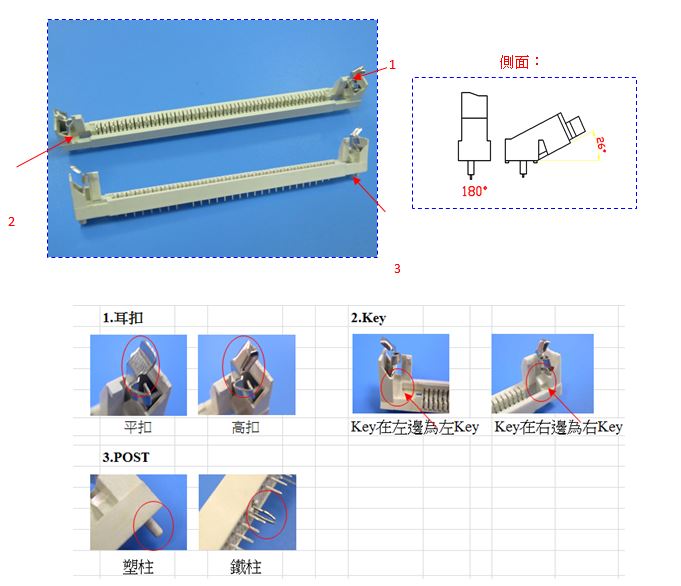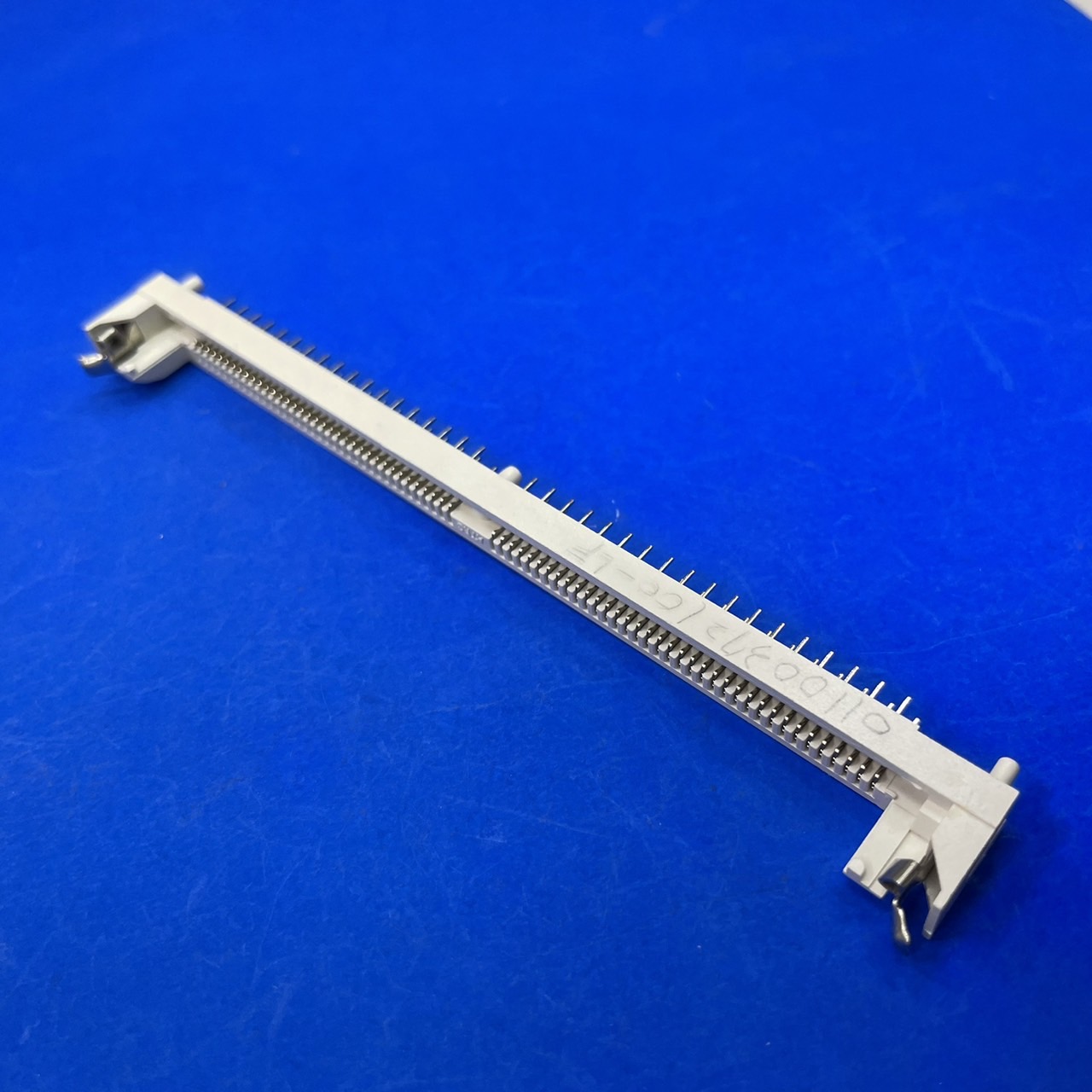SIMM, (full name single in-line memory module), means single-channel memory module. It is a random access memory module used in computers (286/386/486) from the early 1980s to the late 1990s.
Most early PC motherboards used socketed dual in-line package (DIP) chips for DRAM. As computer memory capacity grows, memory modules are used to save motherboard space and simplify memory expansion. Compared with inserting eight or nine DIP chips, only one memory module can be inserted to increase (change) the memory capacity of the computer.
It is mostly used in early FPM and EDD DRAM. At first, it can only transmit 8bif data. Later, 16-bit and 32-bit SIMM modules are gradually developed. Among them, 8bit and 16bit SIMM use a 30pin interface, and 32bit use a 72pin interface. After memory development entered the era of SDRAM, SIMM was gradually replaced by DIMM technology
SIMM SOCKET adopts the ZIF operation method, which can effectively reduce the wear and tear caused by product (memory) replacement and increase the reliability of product use.
The current SIMM SOCKET is no longer limited to the use of memory, it is more used as an expansion module, and is widely used in various equipment events, such as cash registers, CNC machine tools,…
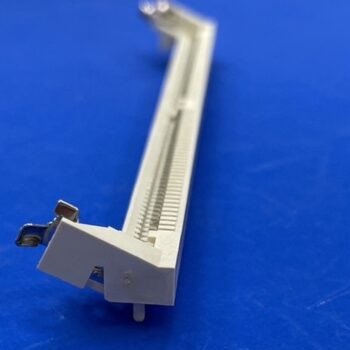
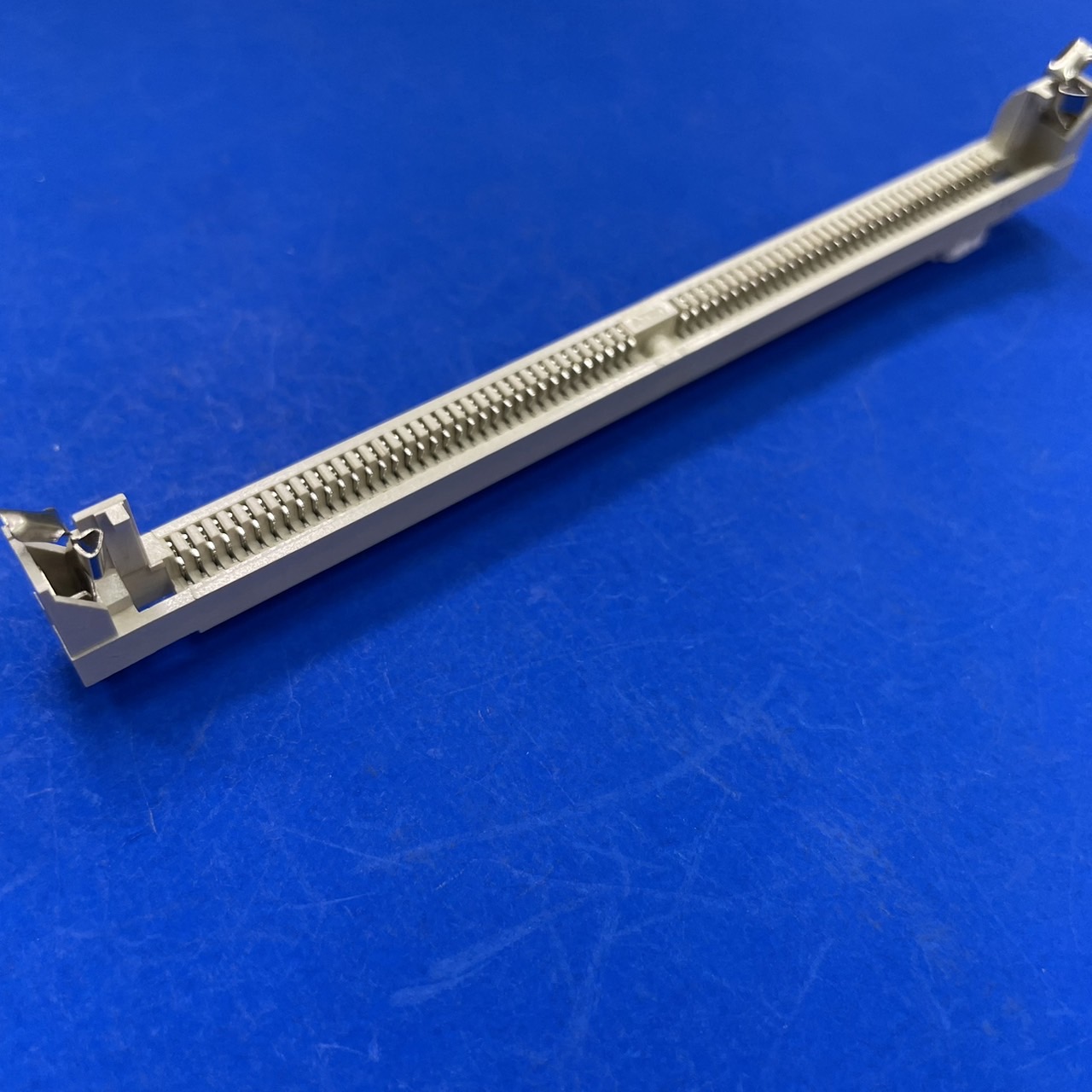
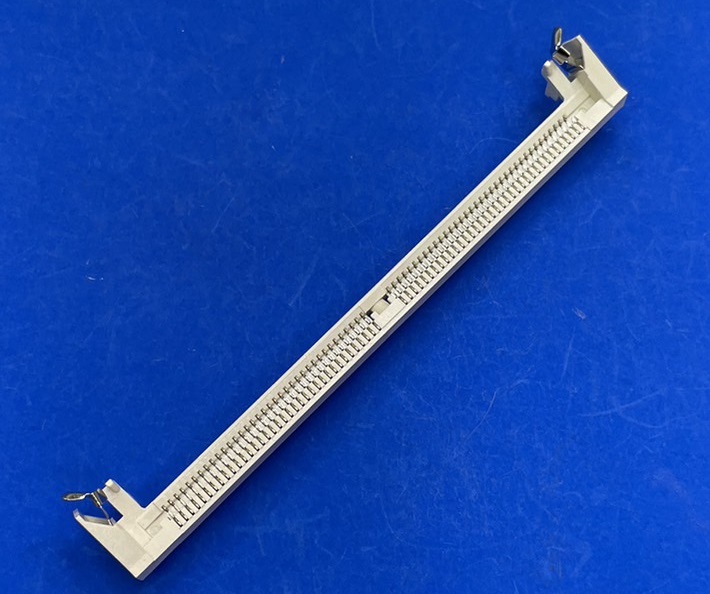
Common Specifications of SIMM SOCKET.
